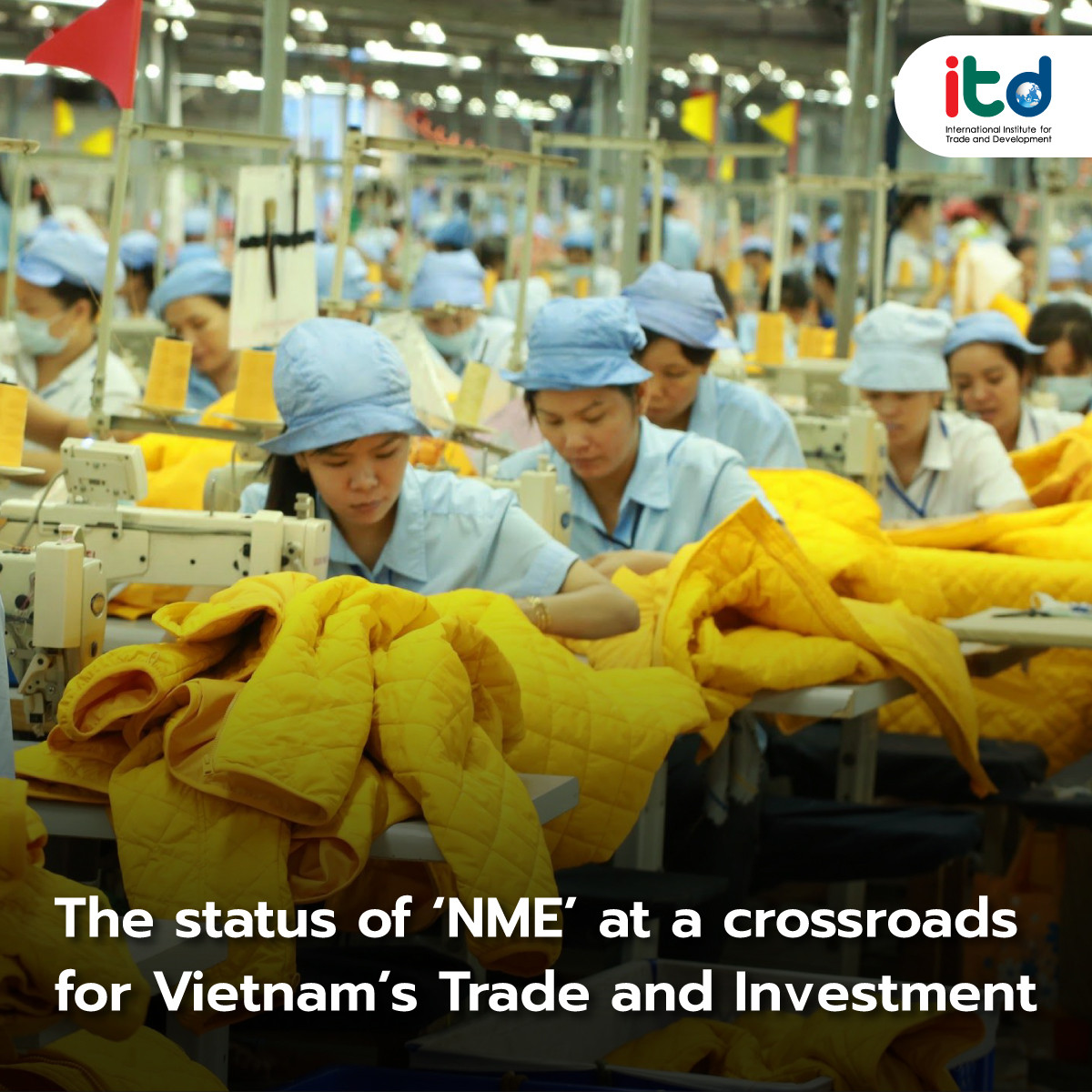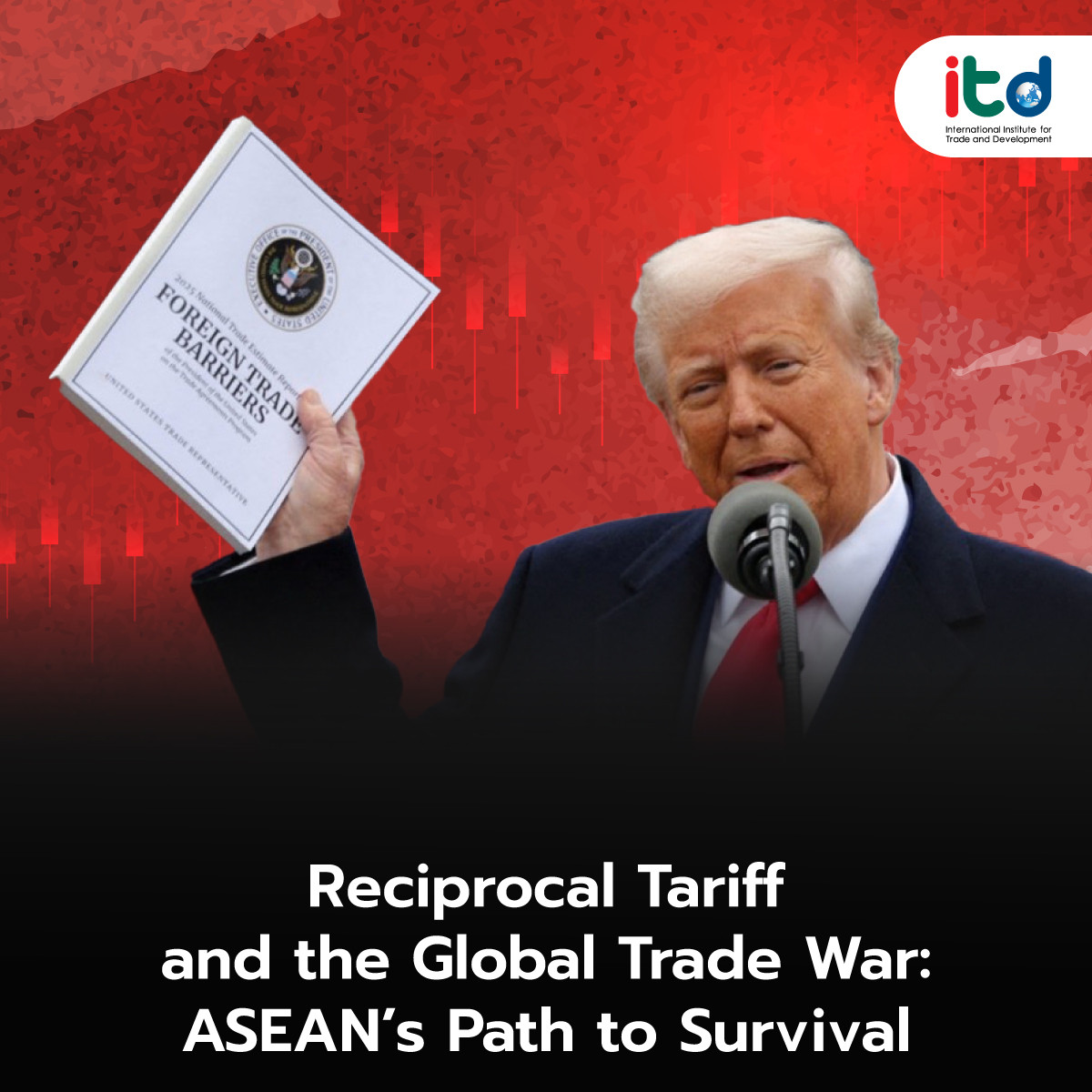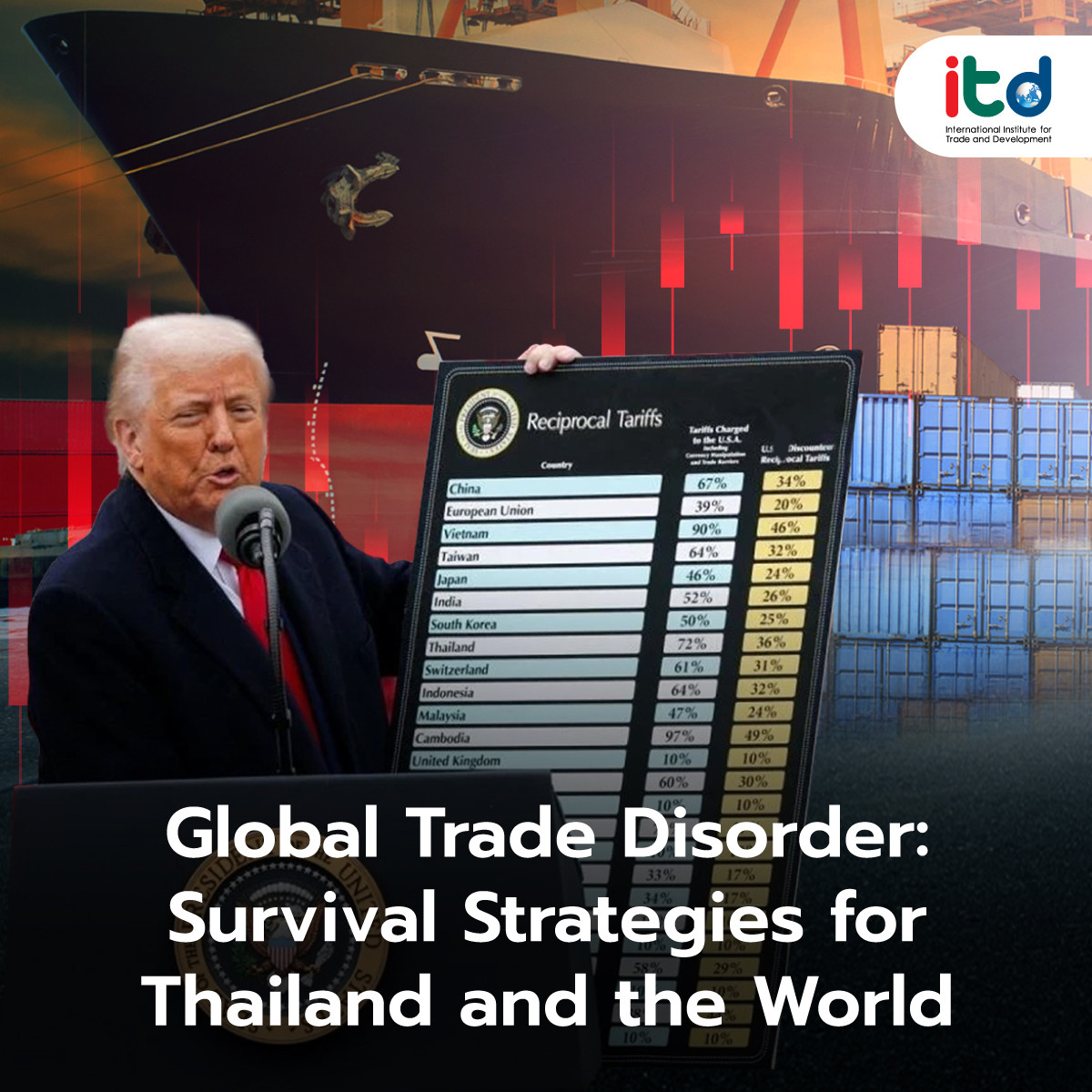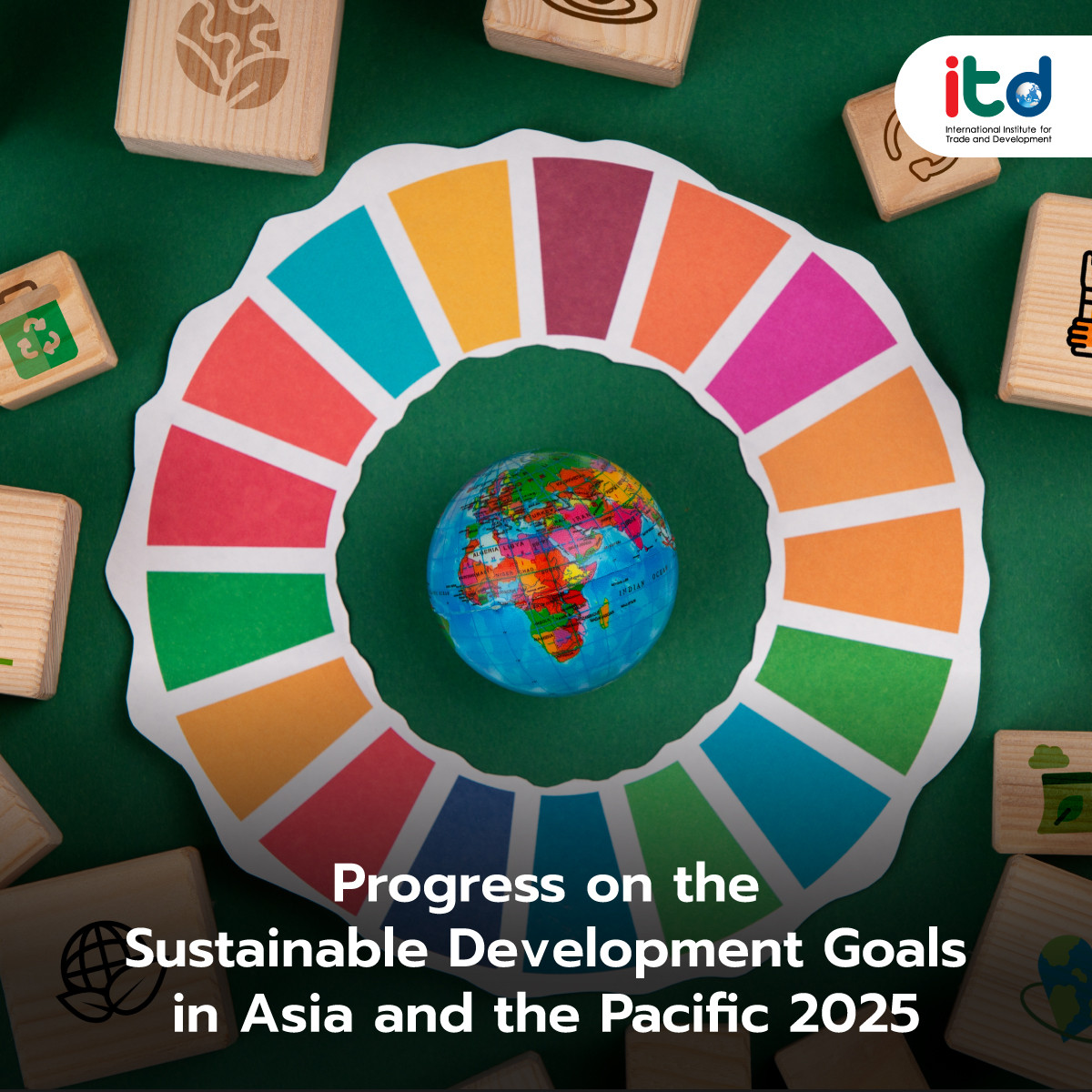About Documents
In early August 2024, the U.S. Department of Commerce announced its decision to maintain Viet Nam’s designation as a “Non-Market Economy” (NME) to enable the U.S. to investigate anti-dumping (AD) and countervailing duty (CVD) measures. This decision surprised many countries, especially in ASEAN, as it appears to counter the trend of strengthening economic and political ties between the U.S. and Viet Nam over the past decade. Viet Nam has continuously advocated for the removal of this NME designation, making this a significant focus for international trade in the region.
The NME status allows the U.S. Department of Commerce to impose anti-dumping and countervailing measures under trade law, assessing whether the trade environment in certain countries reflects market-driven costs and price structures. An NME status suggests that prices in trade do not fairly reflect value, influenced by factors like currency conversion, wage negotiations, foreign investment, and state control over resources and production. Countries with NME status may face higher tariffs, among other consequences. Currently, the U.S. designates 12 countries as NMEs, including Armenia, Azerbaijan, Belarus, China, Georgia, Kyrgyzstan, Moldova, Russia, Tajikistan, Turkmenistan, Uzbekistan, and Viet Nam.
Viet Nam has worked to align its economic structure with international standards, including the World Trade Organization (WTO) mechanisms, by maintaining consistent trade liberalization policies. In 2022, the Organization for Economic Cooperation and Development (OECD) issued a report evaluating state-owned enterprises (SOEs) in Viet Nam, noting a significant reduction in SOEs, though they still account for about 30% of the GDP—a factor influencing the U.S. decision to retain Viet Nam’s NME status.
This NME designation appears to contradict the recent developments in U.S.-Viet Nam cooperation. Over the past few years, Viet Nam has emerged as a vital manufacturing hub and one of the U.S.’s major trading partners, exporting electronics, apparel, and footwear to the U.S. In 2022, Viet Nam’s exports to the U.S. constituted 29.51% of its total exports, the largest share among its export destinations. Additionally, Viet Nam’s Ministry of Planning and Investment reported that, as of 2023, the U.S. had directly invested in over 1,239 projects in Viet Nam, totaling $11.433 billion, ranking as the 11th largest investor in the country.
In 2023, U.S.-Viet Nam relations reached a new milestone with the establishment of a Comprehensive Strategic Partnership, strengthening political, diplomatic, trade, and investment ties. During negotiations, Viet Nam once again urged the U.S. to review its NME status, though without success. This partnership also extends to climate change adaptation, education, human rights, military cooperation, and enhancing regional and global collaboration. The U.S. further supports Viet Nam’s efforts to develop its semiconductor industry and digital infrastructure. Additionally, Viet Nam is a partner in the U.S.-led Indo-Pacific Economic Framework (IPEF), focusing on cooperation in trade, supply chain development, environmentally friendly and fair economic growth.
As Viet Nam rises as a leading production and investment hub in ASEAN, it faces challenges on this path, including the U.S.-China trade tensions and the need to reform its economic structure to meet U.S. standards. Viet Nam is tasked with balancing its domestic economic policies with trade liberalization, just as the U.S. navigates the challenge of maintaining strategic alliances amid ongoing trade conflicts within the ASEAN region.
Author:
Mr. Khobtham Neelapaichit
Senior Researcher
International Institute for Trade and Development (Public Organization)
www.itd.or.th
Publication: Bangkok BIZ Newspaper
Section: First Section/World Beat
Volume: 37 Issue: 12756
Date: Wednesday, Oct. 23, 2024
Page: 12 (bottom)
Column: “Asean Insight”






